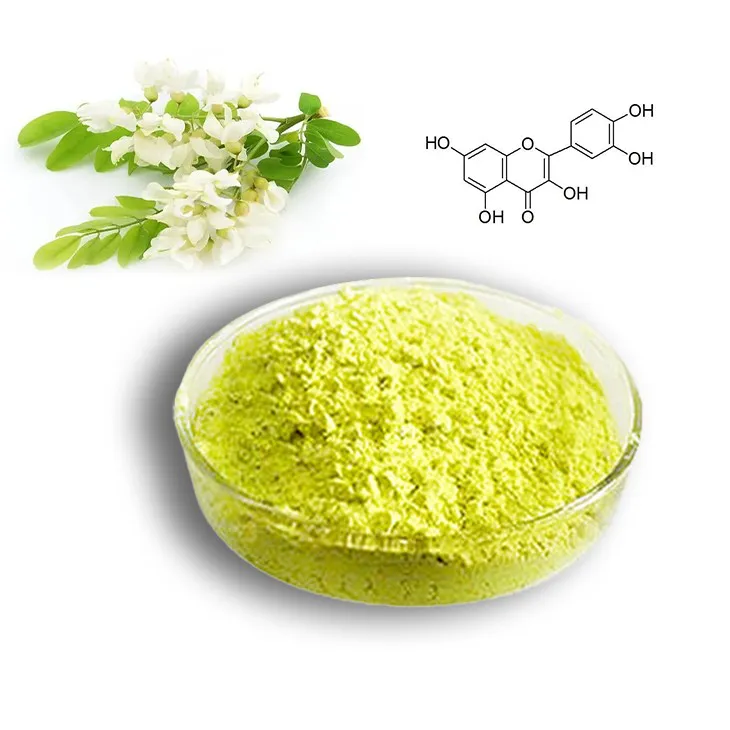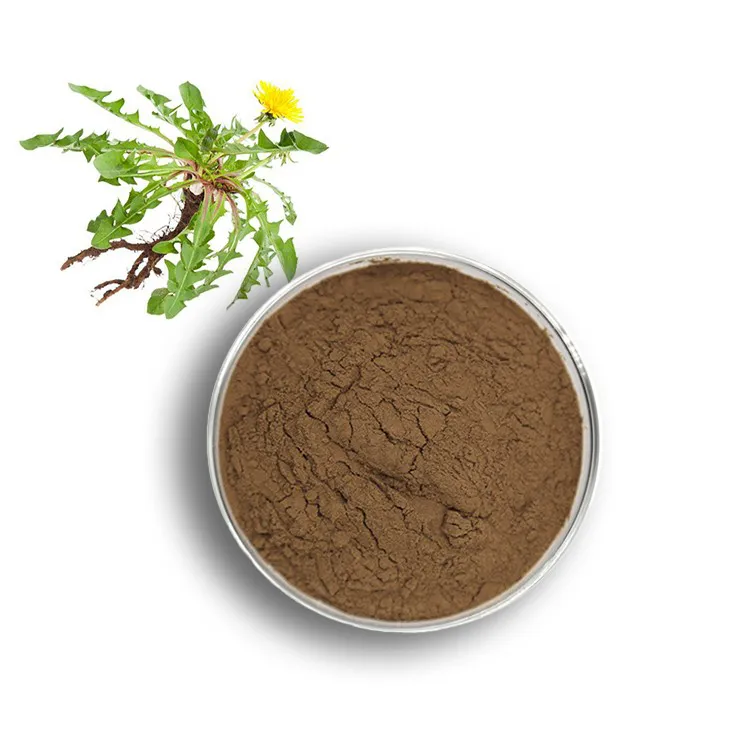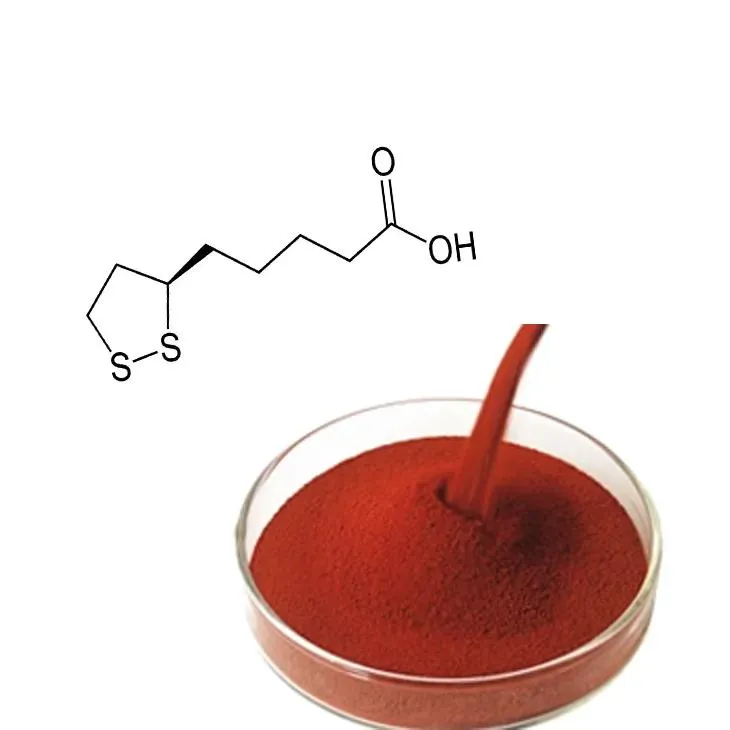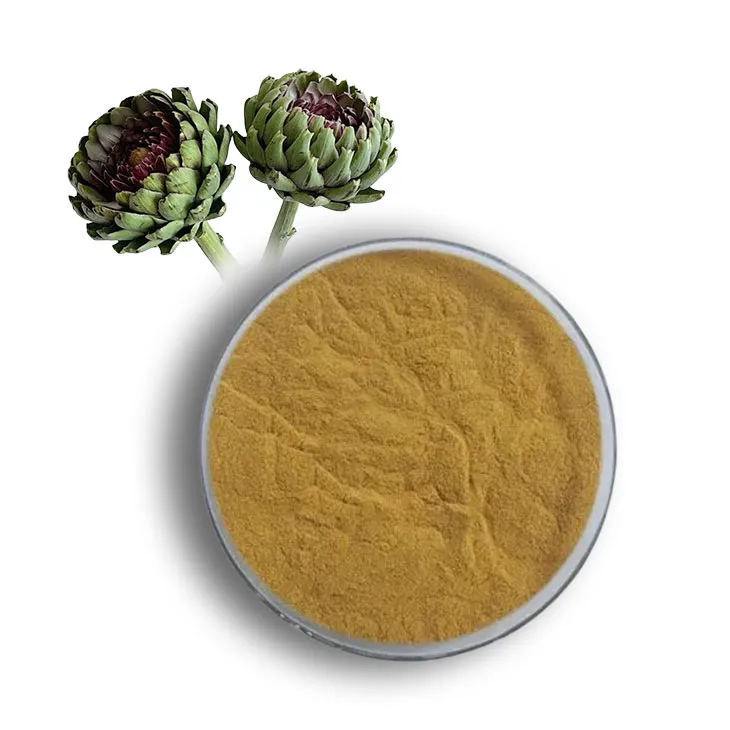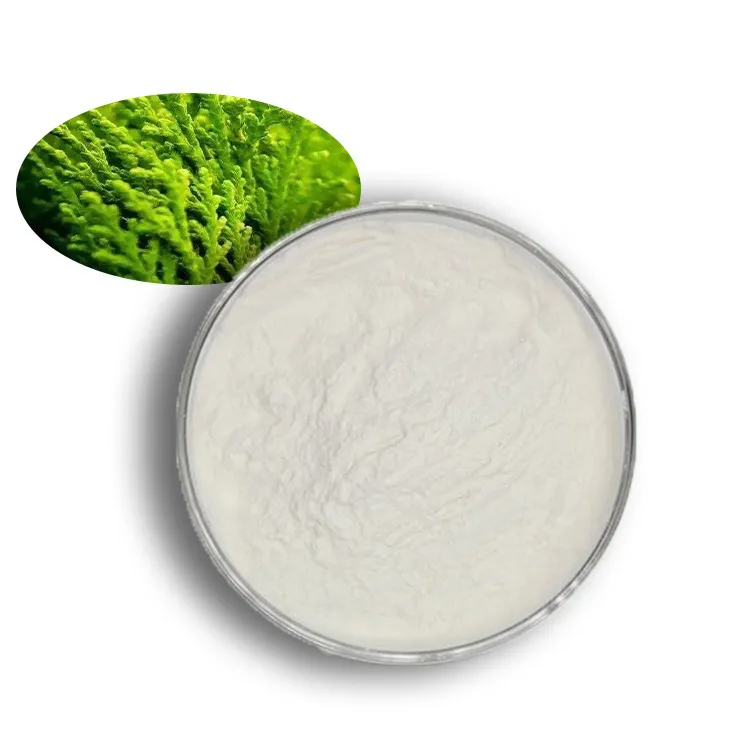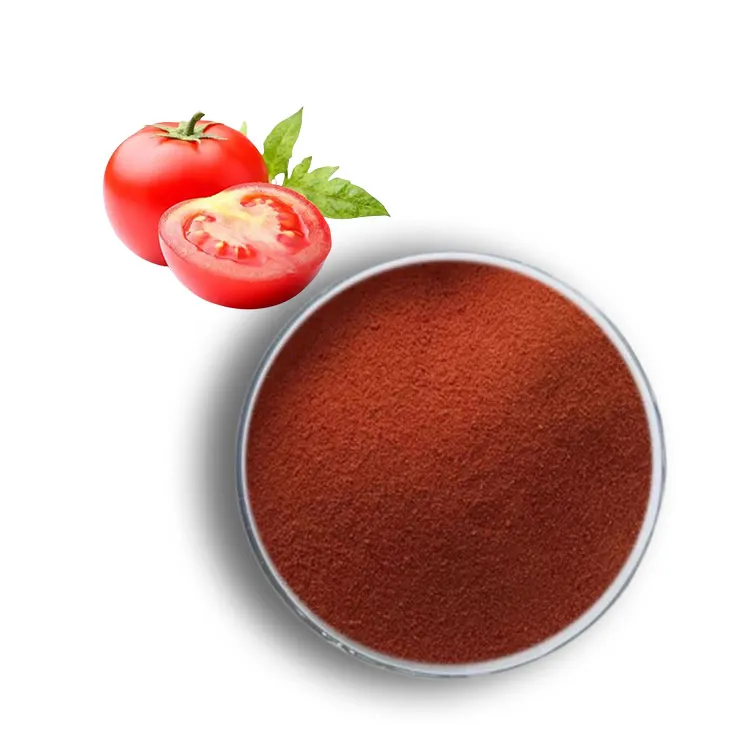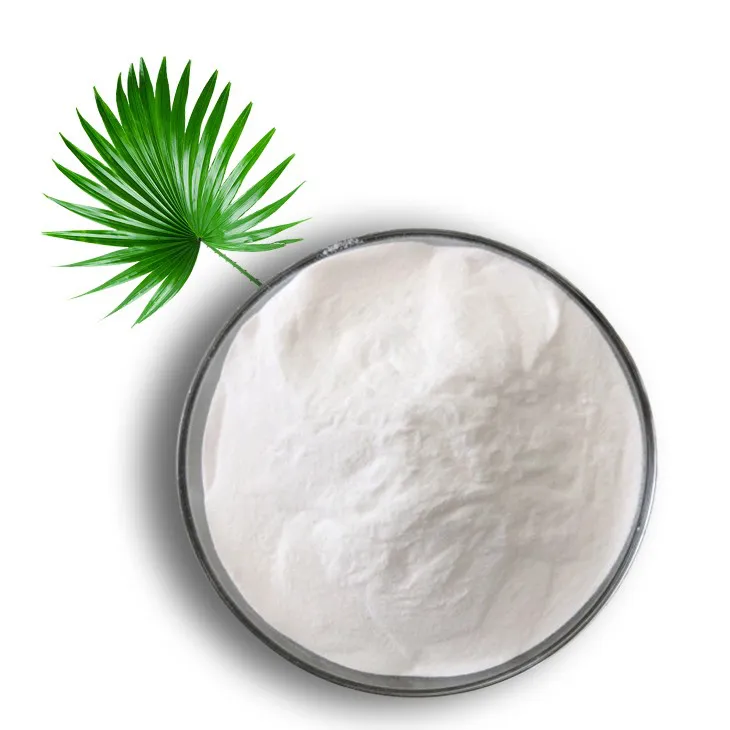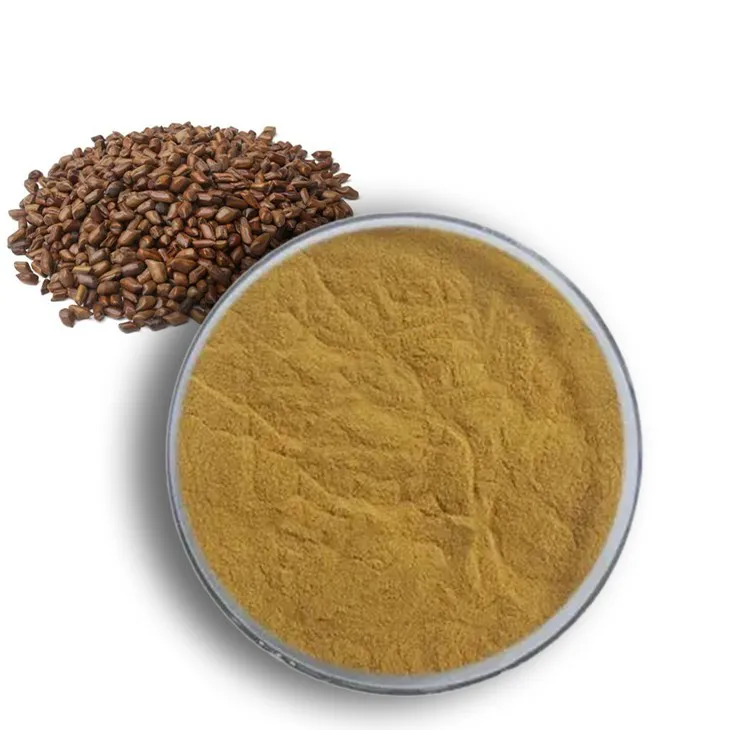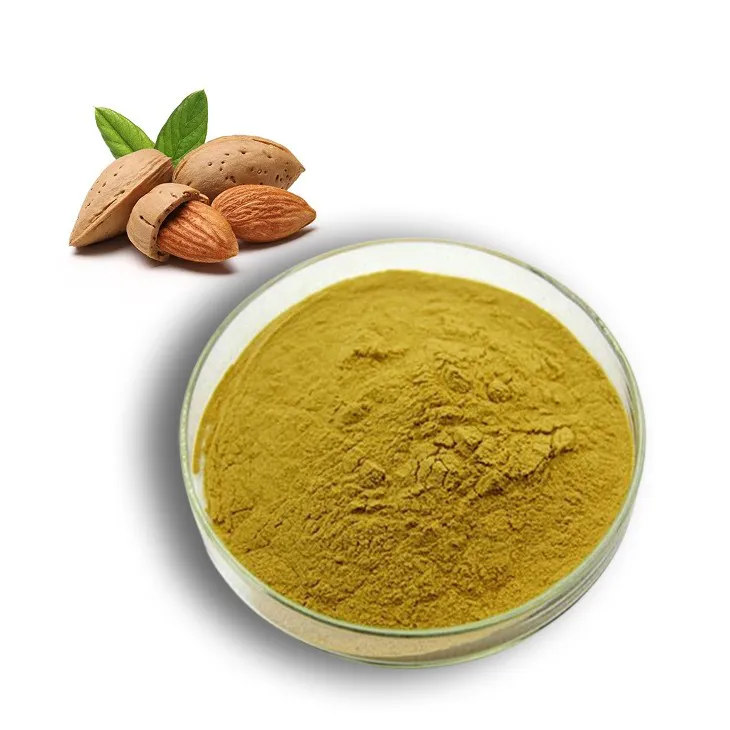- 0086-571-85302990
- sales@greenskybio.com
Peppermint oil: Their production methods and the reasons for their popularity.
2024-12-10
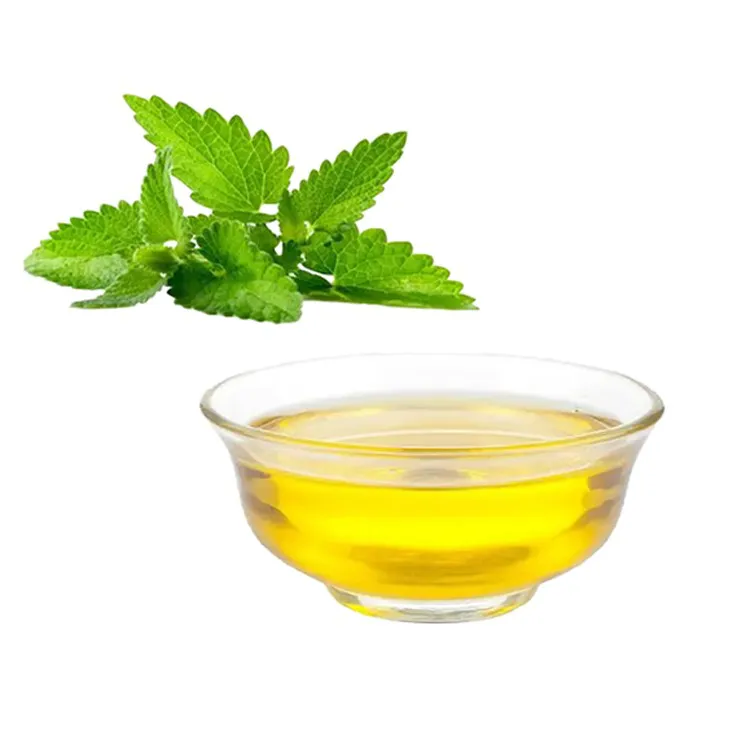
Cultivation of Mint Plants
Mint plants, specifically those used for Peppermint Oil production, require specific growing conditions. Peppermint (Mentha × piperita) is a hybrid plant that thrives in cool, moist environments. It prefers well - drained soil with a pH range of 6.0 - 7.5.
The plants are typically grown from runners or cuttings rather than seeds, as this ensures the genetic consistency of the peppermint variety. They need a good amount of sunlight, but also some shade during the hottest parts of the day. Adequate watering is crucial, especially during dry periods, to keep the soil consistently moist but not waterlogged.
Soil Preparation
Before planting, the soil should be prepared thoroughly. This involves tilling the soil to a depth of about 8 - 10 inches. Organic matter such as compost or well - rotted manure can be added to improve soil fertility and structure. This helps the mint plants establish a strong root system, which is essential for healthy growth and high - quality oil production.
Planting and Spacing
When planting mint cuttings or runners, they should be spaced about 12 - 18 inches apart. This allows enough room for the plants to spread as they grow. Rows should be spaced at least 2 - 3 feet apart to ensure good air circulation between the plants.
Growth and Maintenance
During the growth phase, mint plants need regular care. Weeding is important to prevent competition for nutrients and water. Mulching can also be beneficial, as it helps retain soil moisture and suppress weed growth. Additionally, occasional fertilization with a balanced fertilizer can promote vigorous growth.
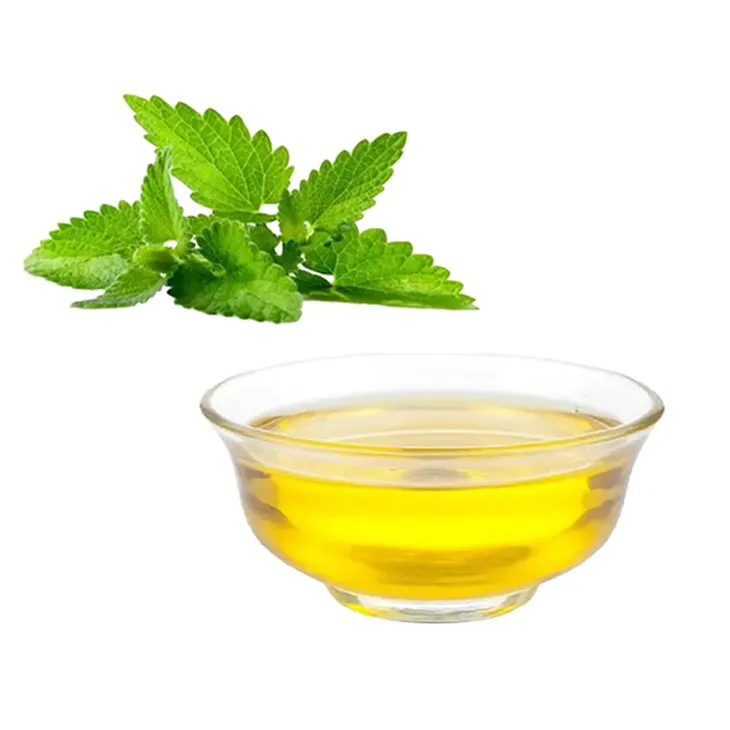
Extraction of Peppermint Oil
There are several methods for extracting Peppermint Oil from the mint plants, each with its own advantages and disadvantages.
Steam Distillation
Steam distillation is the most common method used in the commercial production of peppermint oil. The process involves the following steps:
- Harvesting: The mint plants are harvested when they are in full bloom. This is usually in mid - to late - summer. The plants are cut close to the ground to obtain as much of the foliage as possible.
- Chopping: The harvested plants are then chopped into small pieces. This increases the surface area of the plant material, which is important for efficient oil extraction.
- Steam Introduction: The chopped mint is placed in a distillation apparatus. Steam is then introduced into the chamber containing the plant material. The steam heats the mint and causes the essential oil droplets to be released from the plant cells.
- Condensation: The steam - oil mixture then moves into a condenser, where the steam is cooled and condensed back into water. The peppermint oil, being less dense than water, floats on top of the water.
- Separation: The separated peppermint oil is then carefully collected. The water, which may still contain some traces of the oil, can be further processed or discarded depending on the requirements.
Solvent Extraction
Solvent extraction is another method that can be used. In this process:
- A suitable solvent, such as hexane or ethanol, is used to dissolve the essential oil from the mint plants. The solvent is chosen based on its ability to dissolve the oil effectively and its safety profile.
- The mint plant material is soaked in the solvent for a period of time. This allows the solvent to penetrate the plant cells and dissolve the essential oil.
- After soaking, the solvent - oil mixture is separated from the plant material. This can be done through filtration or other separation techniques.
- The solvent is then removed from the oil - solvent mixture. This is typically done through evaporation, leaving behind the peppermint oil. However, this method requires careful handling to ensure that no solvent residues are left in the final product, as some solvents can be harmful if consumed or applied to the skin.
Supercritical Fluid Extraction
Supercritical fluid extraction is a more advanced method. It uses a supercritical fluid, usually carbon dioxide (CO₂), as the extraction medium.
- The carbon dioxide is brought to a supercritical state, which means it has the properties of both a gas and a liquid. In this state, it has excellent solvent properties for extracting the peppermint oil.
- The mint plant material is placed in a chamber with the supercritical CO₂. The CO₂ penetrates the plant cells and extracts the essential oil.
- The advantage of this method is that it is relatively clean, as CO₂ is a non - toxic and easily removable gas. Once the extraction is complete, the pressure is released, and the CO₂ returns to its gaseous state, leaving behind the pure peppermint oil.
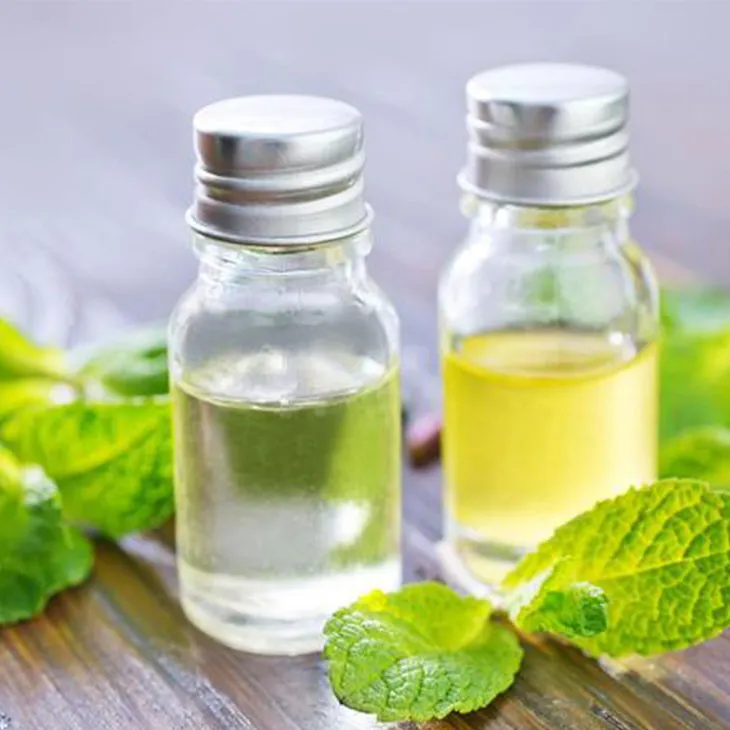
Reasons for the Popularity of Peppermint Oil
Unique Flavor
Peppermint oil has a distinct and refreshing flavor that is highly sought after in various industries.
- In the food and beverage industry, it is used to flavor candies, chewing gums, toothpaste, and various confectionery items. The cool, minty flavor provides a pleasant and invigorating taste experience.
- In cooking, peppermint oil can be used sparingly to add a unique flavor to desserts, such as chocolate mousse or ice cream. It can also be used in savory dishes, like lamb or pea soups, to add an unexpected but delightful twist.
Aromatherapy
Peppermint oil is a popular choice in aromatherapy for several reasons.
- It has a refreshing and invigorating aroma. When diffused in a room, it can help to clear the mind, reduce fatigue, and increase alertness. This makes it ideal for use in workspaces or study areas.
- It is also believed to have stress - relieving properties. The scent of peppermint oil can help to relax the body and mind, reducing feelings of anxiety and tension.
- Peppermint oil can be used in massage oils. When applied topically in a diluted form during a massage, it can provide a cooling and soothing sensation to the muscles, helping to relieve muscle soreness and tension.
Skincare
The properties of peppermint oil make it valuable in skincare.
- It has antiseptic and antibacterial properties. This makes it useful in treating acne and other skin infections. When applied to the skin, it can help to kill bacteria that cause breakouts, reducing inflammation and promoting clearer skin.
- Peppermint oil can also provide a cooling and refreshing sensation on the skin. This makes it a popular ingredient in products such as facial mists, body lotions, and foot creams. It can help to soothe irritated skin and provide relief from itching.
Growing Market Demand
There has been a growing demand for peppermint oil in the market in recent years.
- The increasing awareness of natural and herbal products has led more consumers to seek out peppermint oil for its various benefits. People are becoming more interested in using natural remedies instead of synthetic chemicals for their health and well - being.
- The expansion of the beauty and personal care industry has also contributed to the growth in demand. As more skincare and haircare products are being developed with natural ingredients, peppermint oil has found its way into many formulations.
- Furthermore, the food and beverage industry continues to explore new ways to use peppermint oil in innovative products, which has also driven up the demand for this versatile oil.
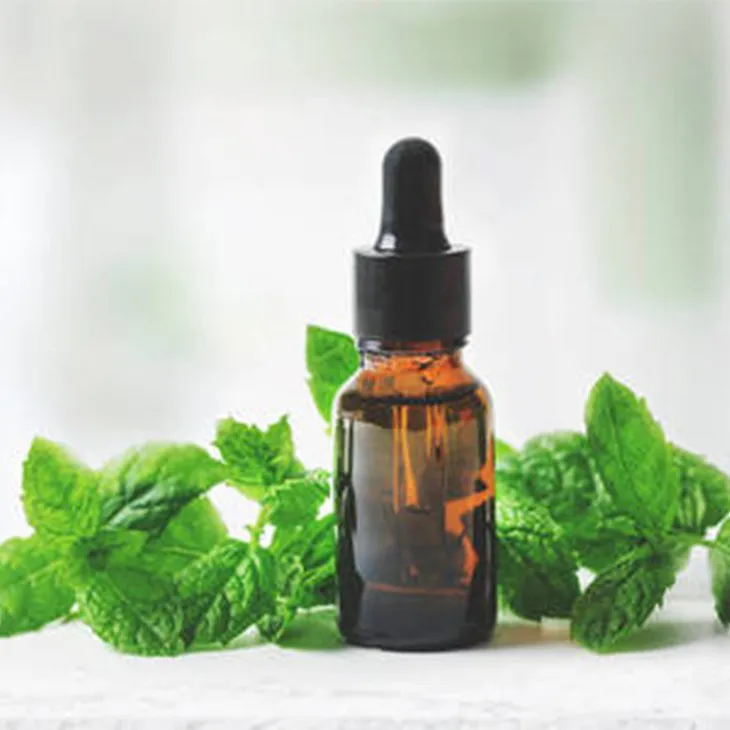
FAQ:
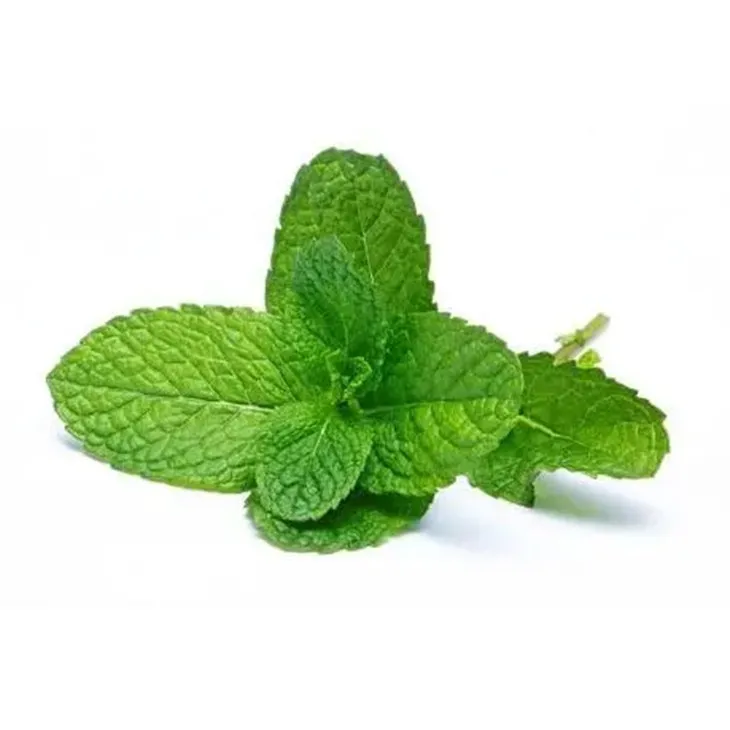
Q1: How are mint plants cultivated for peppermint oil production?
Mint plants for peppermint oil production are typically grown in well - drained soil with good sunlight exposure. They require proper watering and spacing. Mint is often planted from cuttings or runners rather than seeds. The plants need to be protected from pests and diseases, and regular weeding is necessary to ensure their healthy growth.
Q2: What are the common extraction methods of peppermint oil?
The most common extraction method is steam distillation. In this process, the mint leaves are placed in a distillation apparatus. Steam is passed through the plant material, which causes the essential oil to vaporize. The vapor is then condensed back into a liquid, and the resulting liquid is a mixture of water and peppermint oil. Another method is solvent extraction, but steam distillation is more popular for producing high - quality peppermint oil for commercial use.
Q3: Why is the unique flavor of peppermint oil so popular?
The unique flavor of peppermint oil is a combination of its refreshing, cool, and slightly sweet taste. It can add a distinct and pleasant flavor to various products such as food, beverages, and confectionery. In cooking, it can be used to flavor desserts, teas, and savory dishes. In the beverage industry, it is used in making mint - flavored drinks like mojitos. This versatility in flavoring makes it highly popular.
Q4: How does peppermint oil play a role in aromatherapy?
In aromatherapy, peppermint oil is known for its invigorating and refreshing properties. Its scent can help to clear the mind, reduce stress, and increase focus. When diffused in the air, it can create a stimulating and relaxing environment. It is also believed to have a positive impact on the respiratory system, helping to open up the airways and ease breathing.
Q5: What is the significance of peppermint oil in skincare?
Peppermint oil has several benefits in skincare. It has antibacterial and anti - inflammatory properties. It can be used to treat acne by reducing the bacteria that cause breakouts and soothing the inflamed skin. It also gives a cooling sensation when applied to the skin, which can be refreshing and helpful in reducing skin irritation. However, it should be used with caution as it may cause skin sensitivity in some individuals.
Related literature
- Peppermint Oil: Production and Applications"
- "The Cultivation and Extraction of Peppermint for High - Quality Oil"
- "The Popularity of Peppermint Oil in the Global Market: A Comprehensive Review"
- ▶ Hesperidin
- ▶ citrus bioflavonoids
- ▶ plant extract
- ▶ lycopene
- ▶ Diosmin
- ▶ Grape seed extract
- ▶ Sea buckthorn Juice Powder
- ▶ Beetroot powder
- ▶ Hops Extract
- ▶ Artichoke Extract
- ▶ Reishi mushroom extract
- ▶ Astaxanthin
- ▶ Green Tea Extract
- ▶ Curcumin Extract
- ▶ Horse Chestnut Extract
- ▶ Other Problems
- ▶ Boswellia Serrata Extract
- ▶ Resveratrol Extract
- ▶ Marigold Extract
- ▶ Grape Leaf Extract
- ▶ blog3
- ▶ Aminolevulinic acid
- ▶ Cranberry Extract
- ▶ Red Yeast Rice
- ▶ Red Wine Extract
-
Quercetin
2024-12-10
-
Dandelion Root Extract
2024-12-10
-
Astaxanthin
2024-12-10
-
Artichoke Leaf Extract
2024-12-10
-
Peppermint Oil
2024-12-10
-
Carrageenan Extract Powder
2024-12-10
-
Lycopene
2024-12-10
-
Saw Palmetto Extract
2024-12-10
-
Cassia Seed Extract
2024-12-10
-
Almond Extract Powder
2024-12-10











